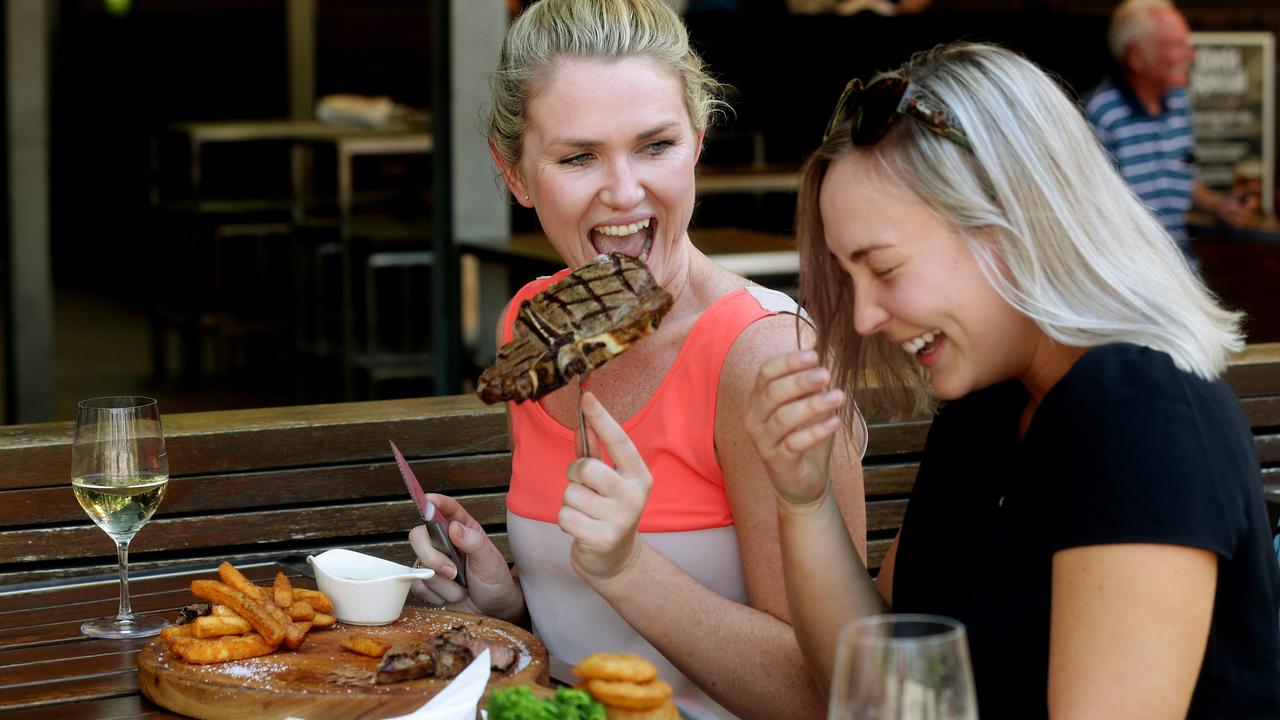Avian influenza emu outbreak: First 3000 of 6700 adult emus to be killed
UPDATE: At least another 3000 adult emus will be killed at Kerang, after 2000 chicks were destroyed by veterinary authorities last week following an avian influenza outbreak.

UPDATE: The owner of Victoria’s avian influenza infected emu flock will lose at least another 3000 adult emus on his farm, after 2000 chicks were destroyed by veterinary authorities last week.
“All one-year-old (adult) birds will be depopulated from the emu farm near Kerang, after the group tested positive for avian influenza. Initial assessments show this is about 3000 birds,” an Agriculture Victoria spokeswoman said.
That leaves just 3700 more adult birds, with authorities yet to determine if and when they will be destroyed.
Last week, Victoria’s Chief Veterinary Officer Graeme Cooke said testing had confirmed low pathogenic H7N6 avian influenza on the emu farm.
“This is a different strain of avian influenza than is currently impacting poultry farms in Golden Plains Shire and is not linked to previous cases of avian influenza,” Dr Cooke said.
However the Australian Veterinary Emergency Plan states: “the preferred control and eradication option will be stamping out for infected premises (low and highly pathogenic avian influenza)”.
MORE
AI OUTBREAK: BATTLE OVER WHO PAYS SLAUGHTER COMPO
EXPLAINER: TIMELINE OF VICTORIA’S BID FLU OUTBREAK
The AUSVET plan warns the low pathogenic form of the disease must be stamped out due its ability to mutate into the highly pathogenic form, which has been proven to occur overseas.
“From experience overseas, failing to take action on an incursion of an H5 or H7 (low pathogenic) subtype virus in commercial poultry has the potential for the infection to become widely disseminated, particularly in the cool and humid winter months, with the real chance that HPAI will emerge and that highly pathogenic viruses will spread rapidly, as occurred in the United States in 1983–84, Mexico in 1995 and in Italy in 1999–2000,” the AUSVET plan states.
The Federal Government’s National Avian Influenza Surveillance Dossier reports: “low pathogenicity H5 and H7 subtypes of AI viruses can mutate to HPAI strains and a mutation event may have occurred in the five HPAI outbreaks in Australia, although this has not been proven (McCallum et al., 2008)”.
Industry stakeholders have been told the Kerang outbreak was detected in batch of 200 chicks on the Kerang farm, with Agriculture Victoria slaughtering an estimated 2000 chicks on the farm last Friday.
If slaughtering of all birds goes ahead the Kerang emu farmer faces losing more than $3.6 million worth of birds.
That’s the estimated value of the Kerang farmer’s 6700 adult emus and 2000 chicks.
“We get about $130 a bird for meat and about 8 to 10 kilograms of fat, (which) once rendered down to oil is worth about $80/kg,” one Queensland emu farmer-processor said.
But once transport, slaughter and rendering costs are deducted, the return to the farmer drops back to between $500 to $700 a bird, which would put the value of the 6000 adults at $3 million to $4.2 million.
The estimated value of emu chicks of $150 a head, would add $300,000 to the Kerang farms losses.
As for slaughtering the adults, one poultry industry expert said, given the considerable risk from the birds powerful legs, the most effective technique was to use electrified tongs to stun the birds, prior to dispatching them using a captive bolt to the head.
The other challenge is finding a site to bury emu carcasses, with authorities yet to determine if they will be buried on site or elsewhere.
The Weekly Times contacted the owner of a large emu farm last week, who said “I can’t talk about it”, before directing the inquiry to the state’s livestock disease controllers.
At least three free-range poultry farms have now come down with highly pathogenic form of the avian influenza, which poses no risk to humans, but rapidly spreads through commercial poultry flocks, causing high mortality.
Past outbreaks have been linked to cross-infection from wild ducks and other nomadic water fowl sharing pools of water with commercial poultry on free-range farms, which usually occurs during wet winters.
Werribee egg producer Brian Ahmed said the disease outbreaks highlighted the need to maintain a mix of caged, barn and free range farming to maintain nation’s food security, for eggs and meat.
“Free range farms were only ever meant to be run as 1000 to 2000 bird operations, which is low risk, not mass produced for supermarkets,” Mr Ahmed.
The emu outbreak comes as Agriculture Victoria announced another egg farm had been hit with the virus, bringing the total to four infected farms in the Golden Plains Shire, plus a Bairnsdale turkey farm.


